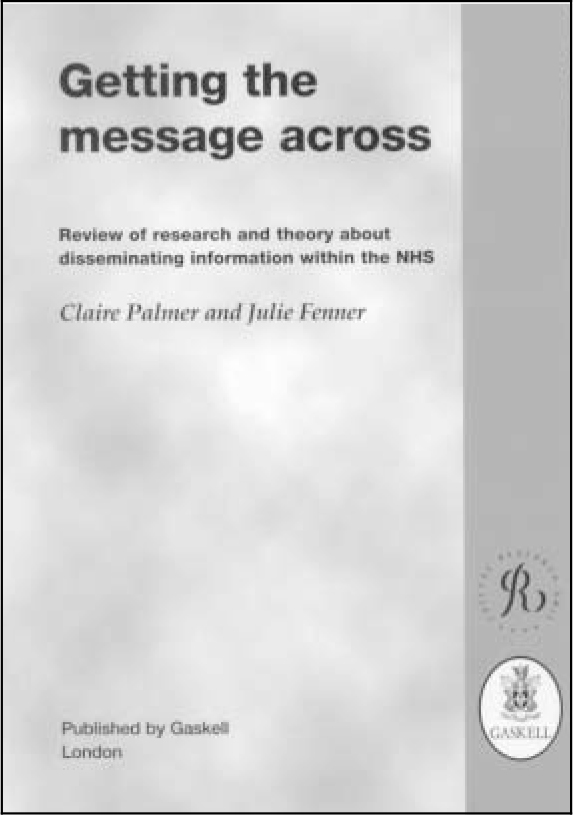Ultimately the success of evidence-based medicine depends not on the number and quality of trials examining clinical effectiveness but on whether or not the evidence from these trials is implemented in everyday clinical practice. This book offers a good review of the growing literature on dissemination and implementation and as such provides a useful summary of the field. Yet in spite of its comprehensiveness the book is deeply mired in many of the contradictions that beset this area.

No doubt, as the authors claim, the book has many potential readers charged with or involved in dissemination of evidence-based practice. But they will meet the first conundrum in the small warning in the introductory chapter: one must encourage only the dissemination of ‘valid and credible’ information and ‘prevent dissemination of information which has not been properly evaluated’. An obvious point perhaps but like those easy recipes with impossible-to-find ingredients the authors leave unsaid how ‘valid and credible’ information is to be separated from unevaluated. But more: can we be sure that this book itself falls into the valid category? Well, the review of research evidence quite fairly summarises the existing literature as not having identified successful dissemination strategies. In particular the reader will note that printed materials alone are not of much value, and then perhaps reflect that this book is also ‘printed material’.
Having summarised a literature that struggles to identify any dissemination strategy that can claim to work (and change clinicians' behaviour), the authors go on to present a chapter on theories why strategies should work (Chapter 3) and a chapter on how these might be put into practice (Chapter 4). But have the proposals in the latter chapter been shown to work? Do they meet the criteria of being ‘valid and credible’? Certainly not by the usual criteria of evidence-based medicine that would look for trial evidence, effect sizes and so on. Indeed, the earlier chapter on existing evidence failed to identify proven dissemination strategies.
So should you buy a 68-page book that commends dissemination strategies that are unevaluated? Ironically the authors' advice seems to be to save your money.



eLetters
No eLetters have been published for this article.